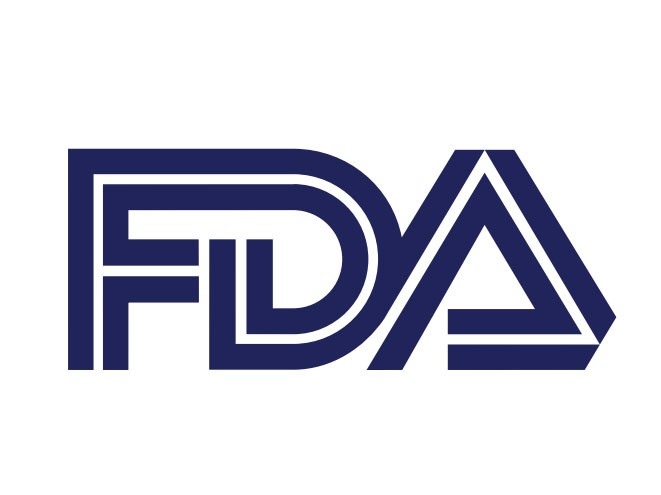by Tunika Onnekikami
New guidance document
In September 2017, the Food and Drug Administration (FDA) released a guidance document to provide support and clarity for “Developing and Responding to Deficiencies in Accordance with the Least Burdensome Provisions.” This guidance has been issued to help both the FDA review staff issue deficiencies and for applicants to address the issues in an effective and timely manner.
The FDA review staff often request additional information to make a determination for marketing authorization for a Premarket Approval (PMA), a 510(k), Humanitarian Device Exemption (HDE), and/or a De Novo Application. The FDA can convey the deficiencies through an interactive review or through a deficiency letter. The interactive review is primarily used to resolve minor deficiencies and can be addressed via phone or e-mail without placing the submission officially on hold. Alternatively, major issues are addressed in the form of a deficiency letter mailed by the Agency to the applicant while the submission is officially placed on hold.
Here are several highlights from the new guidance documents:
- All deficiency letters should now include a statement of the basis for the deficiencies.
- Reference to sections, page numbers, tables, final guidance document, recognized standard, where appropriate;
- Explanation of why the current information is not sufficient;
- Potential alternate ways to satisfy the deficiency;
- Any information unrelated to the regulatory decision may not be part of the determination process.
- All deficiencies should request the minimum amount of information necessary to adequately address the issue.
- The most significant deficiencies should be listed first in the deficiency letters.
- Major deficiencies should only be included if their resolution is imperative to determine marketing authorization.
- All deficiency letters should now undergo review by a supervisor prior to being issued to the applicant.
- Minor deficiencies should be identified separately and whenever possible, should be resolved interactively. The Agency may not issue a formal deficiency letter for minor deficiencies.
- The Agency may include alternate suggestions or recommendations, which may not impact marketing authorization decision. In such cases, the applicant will not be required to respond to these suggestions.
- The applicant in their response letter must provide the deficiency number and restate the identified issue.
- The applicant’s response letter may include:
- The requested information;
- Explanation of why the issue is not relevant;
- Alternative information explaining why the information provided addresses the issue. The alternate approach may include different types of bench testing, non-clinical testing instead of clinical testing, or conformance to FDA recognized consensus standards.

